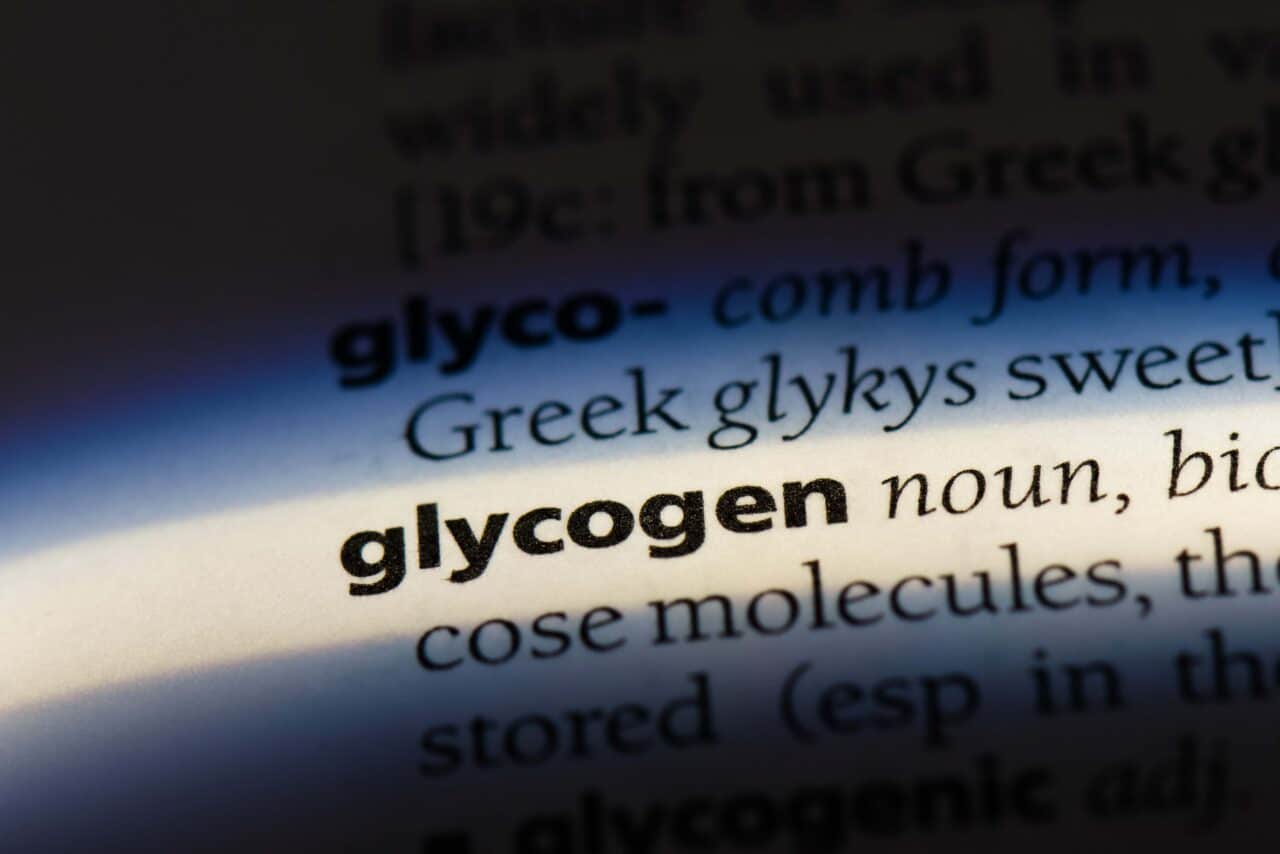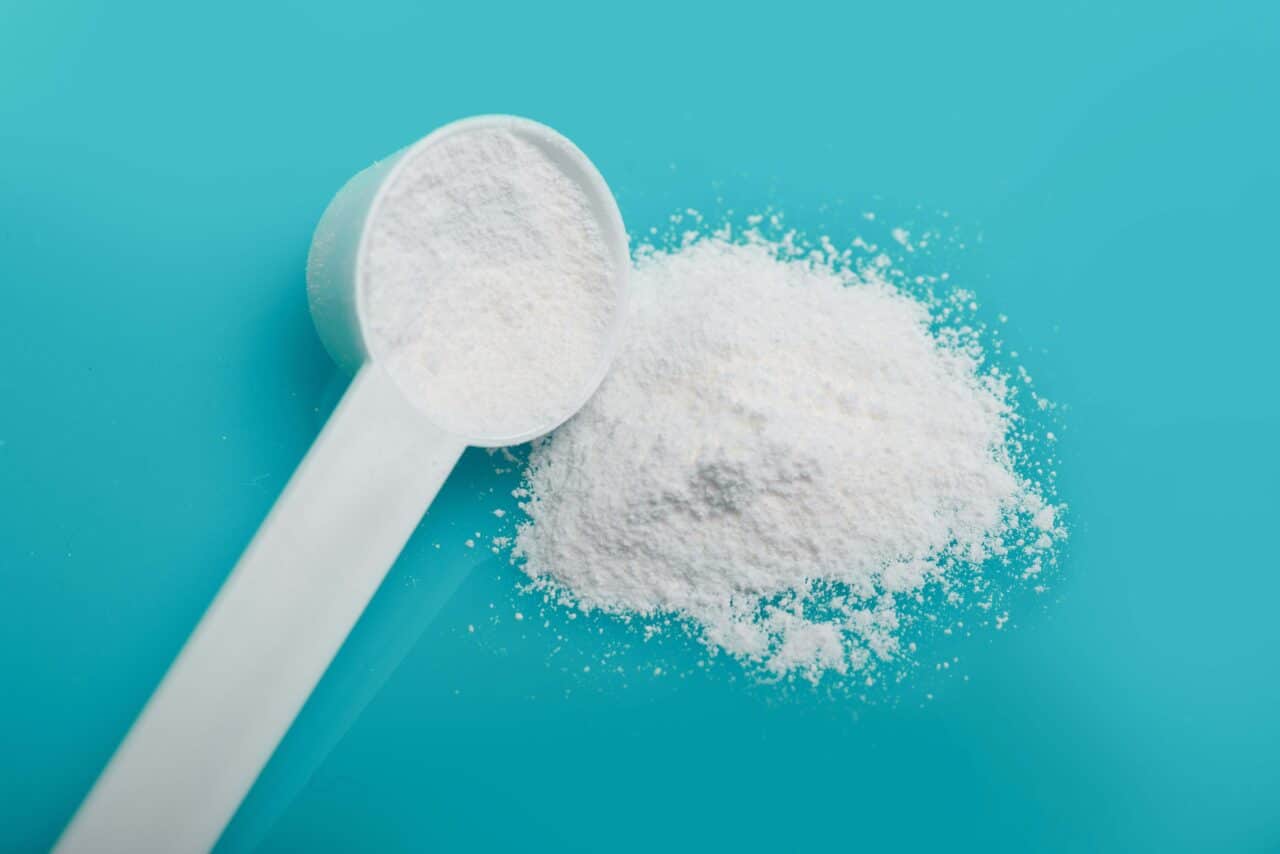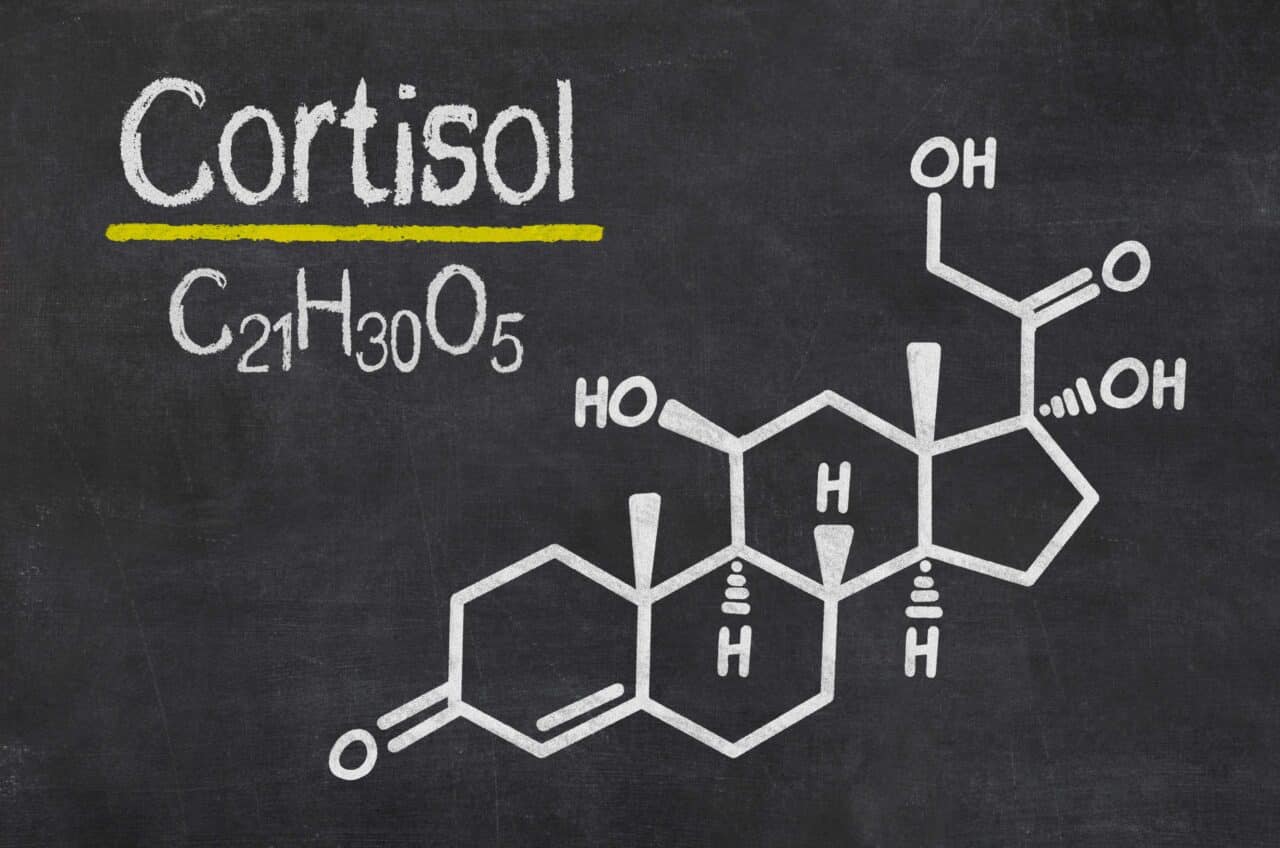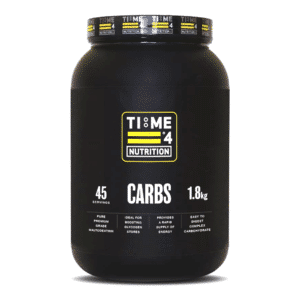What Is Maltodextrin?
WHAT IS MALTODEXTRIN?
What is Maltodextrin? – We live in a time when carbohydrate is perceived by some to be an unhealthy and perhaps even an unnecessary nutrient. This has mainly been due to it being the subject of a number of myths and misunderstandings, such as it is inherently unhealthy and fattening. Similarly, there is a common misconception that bodybuilders consume a diet high in protein and devoid of carbohydrate. The reality is that although the overconsumption of processed carbohydrates can contribute to an increase in body fat and the development of chronic diseases, such as diabetes, eating the right type of carbohydrate can enhance both your health and performance. While it is true that the bodybuilders reduce their carbohydrate intake prior to competition, it does play a vital role in their diet. For example, the 8-time Mr Olympia winner, Ronnie Coleman, is reputed to have consumed approximately 500 grams of carbs per day. While 4-time Mr Olympia winner, Jay Cutler, consumed somewhere between 400 up to a massive 1,000g per day!
Why would the world’s greatest bodybuilders, masters of building muscle and achieving incredibly low levels of body fat, consume such amounts of carbohydrate if they didn’t need them to build muscle and were going make them fat?
The answer is that science and experience tell us that the consumption of the right type of carbohydrate in the right amount at the right time is essential for high intensity exercise performance, recovery and optimal muscle growth and strength (1).
In fact, so important is carbohydrate, that athletes and bodybuilders aim to maximise their body’s stores in preparation for competition using a process known as ‘carb loading’ or ‘carbing up’. This allows athletes to increase the amount of fuel available to the working muscles during prolonged activity, such as running the marathon, while bodybuilders employ this technique to maximise muscle size and definition.

Why do we need carbohydrate if our body can produce energy from fat and protein?
Although it is true that both fat and protein can provide energy, with fat providing a whopping 9kcal per gram while carbohydrate provides only 3.76kcal, carbohydrate, in the form of glucose, is the preferred fuel source for the brain and exercising muscles.
The various carbohydrates we eat in our diet, such as rice, bread, pasta and sweets, are ultimately converted to glucose, which is transported by the blood to the tissues of the body for immediate use. When it is not needed immediately, glucose is taken up by the muscles and liver, where it is stored as a complex sugar molecule known as glycogen. This can then be broken down to supply energy when needed, such as during exercise.
If the body’s glycogen stores are full, the glucose may then be converted into body fat. However, this where it is important to differentiate between sedentary people and those engaged in intense exercise. If you are training hard multiple times per week, it can be difficult to keep to your glycogen stores sufficiently full. This can result in feelings of fatigue and a reduction in performance by the end of the week.
Our liver and muscle glycogen stores are limited to less than 2,000 kcal of energy. While muscle glycogen levels will not deplete significantly over night, the brain’s demand for glucose as fuel will drain liver glycogen stores.
Consequently, although limited, the body’s glycogen stores are extremely important. For example, performing just six sets of 12 repetitions of the leg extension exercise has been shown to reduce glycogen stores in the quadriceps muscles of the thigh by 39% (1). As glycogen levels decline, our ability to maintain exercise intensity and work output decrease while rates of tissue breakdown increase (1).
So, whether you performing endurance exercise or high intensity intermittent activities such as high intensity interval training (30-90seconds maximal efforts), or resistance-based workouts (6–20 repetition maximum loads) glucose is predominate source of energy.
In light of this, the need to optimise our glycogen stores becomes clear.
This is where Time 4 Carbs can make a valuable contribution to your nutrition strategy. It is 100% pure premium grade maltodextrin and contains only 6% sugars. It is unflavoured and dissolves easily, so can be mixed with Time 4 Pre-Workout, or Time 4 Whey Protein Professional, allowing you to adjust your carbohydrate intake to accommodate changes in your nutritional needs during training and recovery.
As we look in detail at maltodextrin and the science that supports its use, you’ll begin to see why Time 4 Carbs is such a great product and how it may benefit you.

What is maltodextrin?
Maltodextrin is an easy-to-digest complex carbohydrate made from corn, potato or rice starch, which provides a rapid supply of energy. It is often contained in sports drinks to allow athletes to refuel and rehydrate simultaneously during exercise, as it is absorbed as rapidly as glucose and does not require as much water to digest as some other carbohydrates. It can also provide the extra calories required to increase muscle mass, in addition to various other benefits.
How does maltodextrin work?
To get the maximum benefit from Time4 Carbs, you need to understand how maltodextrin works.
As we have already seen, maltodextrin is broken down to glucose to provide a rapid supply of energy or stored as glycogen for use later when it is needed to fuel demanding workouts and recovery. However, less obvious is how maltodextrin can help us to build lean muscle.
Firstly, you need to understand the role of insulin. This is a natural hormone secreted by the pancreas that helps to control blood glucose levels by transporting glucose from the blood into the cells of body. While insulin’s role in glucose uptake and metabolism is widely understood, less well known is that insulin is actually a very anabolic hormone that facilitates muscle growth by transporting amino acids into the skeletal muscle where they stimulate protein synthesis.
Maltodextrin is very effective at stimulating a rapid spike in insulin levels because it is quickly broken down into glucose. Consequently, it is an ideal form of carbohydrate to be consumed with protein when the goal is to increase muscle mass and enhance recovery.

Insulin versus cortisol: what you need to know
Insulin also has an anti-catabolic role due to its relationship with cortisol. This is a hormone produced by the adrenal glands, which regulates a wide range of vital processes throughout the body, including metabolism and immune function. It also has a very important role in the body’s stress response.
Physical exercise is a short-term stressor which temporarily elevates circulating levels of cortisol. This is because it helps to increase levels of blood glucose, which can then be used to supply exercising muscles. While insulin is secreted by the pancreas when blood glucose becomes too high, cortisol is secreted by the adrenal glands when it becomes too low.
Once it is released, cortisol stimulates a process called gluconeogenesis, which is the production of glucose in the liver from the breakdown of protein and fat.
This causes the breakdown of protein in muscle tissue, releasing amino acids (the building blocks of protein), which are then converted into glucose by the liver. This newly produced glucose is released into the bloodstream to provide energy. It is for this reason, that cortisol is referred to as a catabolic hormone, i.e., it breaks down tissue.
After exercise, your cortisol levels should return to their baseline. However, sufficient recovery between training sessions and carbohydrate intake are required to ensure that they are not chronically elevated, which can lead to muscle loss and other symptoms of overtraining, such as fatigue and reduced immune function.
Chronically elevated cortisol levels are also associated with increased abdominal fat and a decrease in testosterone, neither of which are desirable if you are trying to build and maintain a fit, lean physique. Interestingly, low carbohydrate diets, even without exercise, have also been shown to cause an increase in cortisol levels.
In short, when insulin goes up, cortisol comes down, which prevents cortisol breaking down muscle proteins to produce glucose. So, in addition to helping to build muscle, the release of insulin helps to counteract cortisol’s catabolic effect to prevent muscle loss.
What does the science say about maltodextrin and exercise?
Now that we understand what maltodextrin is and the theory behind its use, it’s time to see what the science says.
Supplementation with maltodextrin is supported by a number of studies, which demonstrate the wide variety of performance benefits it can provide. These include increasing muscle protein synthesis, resulting in greater muscle hypertrophy and strength (2), improving anaerobic power (3) improving endurance performance (4, 5, 6) and enhancing post-exercise recovery (1,4)

Maltodextrin and muscle size and strength
Stark et al., (2) conducted a review of the literature on protein timing and its effects on muscular hypertrophy and strength in individuals engaged in weight-training.
The results showed that the consumption of 3-4g of the amino acid leucine is needed to promote maximum protein synthesis for muscle growth. In light of this, the authors recommend that the ideal supplement following resistance exercise should comprise whey protein, containing at least 3g of leucine per serving, in combination with a fast-acting carbohydrate source such as maltodextrin, as leucine cannot stimulate muscle protein synthesis as effectively without the presence of insulin.
Interestingly, it has also been demonstrated that a combined protein and carbohydrate supplement is more effective for the rapid replenishment of muscle glycogen after exercise than carbohydrate alone (1).
Maltodextrin and anaerobic power
Anaerobic power refers to the maximal power developed by an individual during all-out, short-term physical efforts. It reflects the energy-output of the body’s anaerobic energy systems, i.e., those that do not require oxygen (ATP and phosphocreatine (PCR) system and anaerobic glycolysis). These are a vital component of many activities involving short bursts of intense power output, such as sprinting, weightlifting and high intensity interval training, but are soon depleted, leading to a reduction in performance.
A study by Hosseni and Nakhostin-Roohi (3) found that supplementation with a combination of the amino acid glutamine and maltodextrin before exercise helped to prevent a decrease in anaerobic power in repeated bouts of sprinting.
Maltodextrin, endurance and recovery
Replenishing the body’s stores of glycogen during recovery from prolonged exercise is essential if you wish to maximise performance in repeated exercise bouts. Maunder and colleagues (4) investigated the effects of post-exercise maltodextrin and fructose ingestion on subsequent exercise performance. Eight trained endurance runners and triathletes performed two experimental trials. These involved, treadmill running to exhaustion at 70% VO2max, a 4-hour recovery, and a second bout of treadmill running to exhaustion at 70% VO2max.
The results of the study showed that short-term recovery of endurance capacity was improved significantly with maltodextrin and fructose ingestion.

Just a rinse is enough?
It is well established that carbohydrate is an essential fuel for optimal exercise performance. However, it can be difficult to consume while exercising. If this is a problem for you, then a carbohydrate oral rinse could be an alternative method to give you the benefits of maltodextrin without the issues associated with trying to ingest it during intense exercise.
For example, the results of a systematic review and meta-analysis by Hartley et al., (5), which involved 35 studies, showed that a maltodextrin-based oral rinse improves overall exercise performance.
A study by Jeffers and colleagues (6) investigated the effect of a CHO mouth-rinse on cycling time-trial (TT) performance and fatigue. On 2 separate occasions, 9 male cyclists completed 45 minutes at 70% maximum power output (preload) followed by a 15-min TT. At 7.5-minutes intervals during the preload and TT, participants were given either a tasteless 6.4% maltodextrin mouth-rinse (CHO) or water (placebo). The results showed that participants using the CHO experienced less of a reduction in maximal muscle contraction after the time trial and reported less fatigue in comparison to a placebo (12% versus 20%).
Although carbohydrate (CHO) mouth-rinsing has been shown to improve performance of high-intensity exercise in various studies, the mechanisms responsible for this have been unclear (5,6). However, a study by Chambers et al., (7) has now shed some light on the subject. The results showed that rinsing with a 6.4% maltodextrin solution reduced significantly the time to complete a cycle time trial compared to an artificially sweetened placebo. The authors suggest that the improvement in exercise performance that occurs when carbohydrate is present in the mouth may be due to the activation of regions of the brain believed to be involved in reward and motor control.
What is the best way to use Time 4 Carbs?
One of the great things about Time 4 Carbs is that it is an incredibly versatile supplement that you can tailor to accommodate your individual nutritional needs whether you are a bodybuilder, endurance athlete, combat sports practitioner, or recreational exerciser. For example, if you engage in intense resistance training your body can enter a catabolic state as cortisol levels rise, so you may choose to consume Time 4 Carbs with a good quality protein immediately after training when your body is at its most receptive. This can help to stimulate muscle protein synthesis, replenish energy stores, and enhance recovery in preparation for the next training session.
You may choose to consume it before training to give that much needed boost of energy to fuel your workouts, or perhaps add it to your protein to provide some additional calories, creating more of a mass gain supplement, which is ideal for people wishing to add bulk who struggle to eat enough. Or perhaps you might add it to your drink bottle to consume during long and arduous workouts when your energy levels start to drop.
The International Society of Sports Nutrition (ISSN) (1) provides more detailed advice based on a review of the scientific literature on carbohydrate consumption and timing:
To maximise our store of glycogen we should consume a high-carbohydrate diet. This consists of 8–12 grams of carbohydrate per kilogram of body weight per day (g/kg/day). So, for example, if you weigh 100kg you would need to consume 800-1200 grams of carbohydrate per day, which can difficult to eat and may cause GI issues, such as bloating. Time 4 Carbs can provide a portion of this daily carbohydrate intake and without any GI issues.
Replenishing our glycogen stores is best achieved by consuming carbohydrate in the first 30 minutes after exercise and again every two hours for the next four to six hours. Combining a high-quality protein with carbohydrate can further enhance our ability to replenish our glycogen stores. It can also stimulate significant increases in muscle protein synthesis and help to minimise muscle damage, promote a favourable hormone balance and accelerate recovery from intense exercise.
If you need to restore your glycogen stores rapidly and have less than 4 hours of recovery time to do so, you should consider the following strategies:
- Consume 1.2 grams of carbohydrate per kilogram of body weight per hour (g/kg/h). Ideally these should be high glycaemic index (> 70) forms of carbohydrate. As maltodextrin has a GI of around 100, it makes Time 4 Carbs ideal for this purpose.
- Combine a carbohydrate intake of 0.8 g/kg/h with protein 0.2–0.4 g/kg/h
As bouts of high intensity exercise (greater than 70% VO2max) lasting 60 minutes or more challenge both our fuel supply and fluid regulation, carbohydrate should be consumed at a rate of approximately 30–60 grams per hour in a 6–8% carbohydrate-electrolyte solution at a rate of 170-340 millilitres (6–12 fluid ounces) every 10–15 minutes throughout the entire exercise bout. This particularly important if the exercise sessions are longer than 70 minutes. As Time 4 Carbs dissolves easily with no taste, it can be added to your current training beverage to help you to refuel and rehydrate simultaneously.
With regard to resistance training, consuming carbohydrate throughout a typical resistance training session (e.g., 3–6 sets of 8–12 repetition maximum using multiple exercises targeting all major muscle groups) has been shown to promote normal blood glucose levels and higher glycogen stores. So, just adding Time 4 Carbs to you regular training beverage can help you to achieve this additional carbohydrate intake and reduce the risk of high cortisol levels and their associated issues.

Conclusion
The science shows us that in order to optimise muscle size and strength, high intensity exercise performance and recovery, it is essential to consume the right type of carbohydrate in the right amount at the right time, which can be difficult using food alone.
This is where Time 4 Carbs can make a valuable contribution to your nutrition strategy. It is 100% pure premium grade maltodextrin, which is easily absorbed and provides a rapid supply of energy with no GI issues, and contains only 6% sugars. It is unflavoured and dissolves easily, so can be mixed with Time 4 Pre-Workout Professional, or Time 4 Whey Protein Professional, allowing you to adjust your carbohydrate intake to accommodate changes in your nutritional needs during training and recovery.
Time 4 Carbs is a truly versatile and convenient supplement that should be a staple on any serious exerciser’s shelf to be used how and when you need it.

